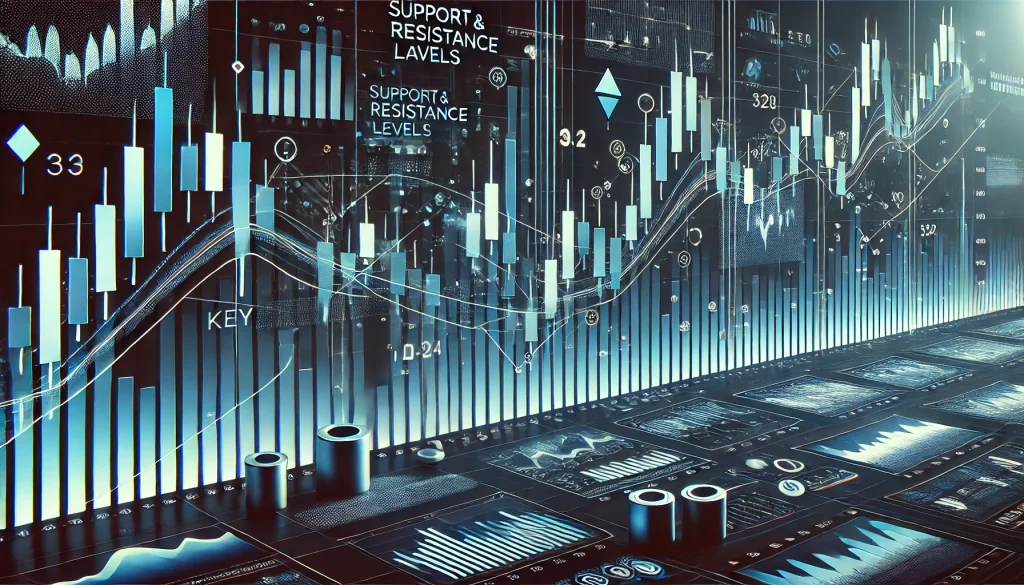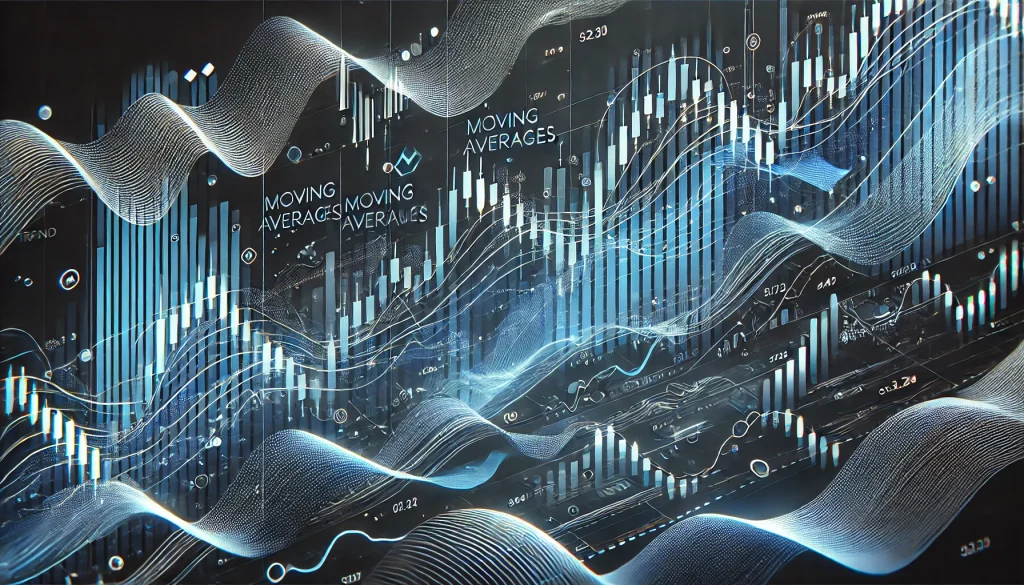
Technical analysis is a critical approach within the field of economic analysis used to evaluate and predict the movements of financial markets. Whether you are a seasoned stock trader or a beginner in the trading world, understanding it can greatly enhance your ability to make informed decisions. This method involves analyzing past market data, primarily price and volume, to identify trends, patterns, and potential price movements. By mastering this skill, industry professionals can spot opportunities in the market and mitigate risks.
Technical analysis has become indispensable in today’s fast-paced trading environment, where market behavior often relies on psychology and patterns rather than just fundamental data. It’s a powerful tool that helps traders understand the emotional aspect of market participants and provides insights into future price movements.
Materials or Tools Needed
To perform, you’ll need a few key tools and resources:
- Charting Software or Platform: Tools like TradingView or MetaTrader provide real-time access to charts and technical indicators.
- Historical Market Data: Past data of stocks or other financial assets, including prices, volume, and open interest.
- Indicators: Tools like moving averages, RSI (Relative Strength Index), and Bollinger Bands for pattern recognition.
- Technical Analysis Resources: Guides, tutorials, and educational materials.
Step-by-Step Instructions
Step 1: Understand the Market Structure
Before you dive into specific patterns or indicators, it’s essential to have a firm grasp of market structure. Begin by looking at price movements over time, identifying highs, lows, and the general trading trend. Are prices consistently moving up (bullish) or down (bearish)? Or are they in a sideways, consolidating phase?
Recognizing the trend is vital because most technical analysis tools rely on knowing whether the market is trending or ranging. Start by drawing trendlines to visualize the market’s movement.
Step 2: Use Moving Averages to Identify Trends
One of the most fundamental tools in technical analysis is the moving average, which smooths out price data to help identify the direction of the trend. The two most common types are the Simple Moving Average (SMA) and the Exponential Moving Average (EMA).
For short-term traders, a 20-day SMA is typically used to track trends. Longer-term traders might prefer the 50-day or 200-day averages. When the price crosses above or below the moving average, it can signal a shift in the trend. Combine the SMA with other indicators for better accuracy.
Step 3: Look for Support and Resistance Levels
Support and resistance are key concepts in this method. Support refers to a price level where an asset tends to stop falling, while resistance is where it stops rising. By identifying these levels, traders can make informed decisions about entry and exit points.
To find these levels, look for historical data where prices have bounced off a specific point multiple times. These levels can act as barriers, and when prices break through them, it can indicate a strong directional move.
Step 4: Apply Indicators like RSI and Bollinger Bands
Once you have identified trends and important price levels, you can enhance your analysis by applying technical indicators like the Relative Strength Index (RSI) and Bollinger Bands.
- RSI measures the speed and change of price movements, helping identify overbought or oversold conditions in the market. An RSI above 70 usually indicates overbought conditions, while an RSI below 30 suggests oversold conditions.
- Bollinger Bands help you identify volatility by showing how much a stock’s price deviates from its moving average. When the price touches the upper band, the asset is overbought, and when it touches the lower band, it’s oversold.
Step 5: Analyze Candlestick Patterns
Candlestick charts are one of the most popular chart types used in technical analysis because they provide a wealth of information. By analyzing individual candlesticks and patterns, traders can predict future price action.
For example, a Doji pattern, which forms when the opening and closing prices are nearly identical, can indicate indecision in the market and potentially signal a reversal. Other popular patterns include Hammer, Engulfing, and Head and Shoulders.
Do’s and Don’ts

Do’s:
- Use Multiple Timeframes: When analyzing a stock or financial asset, use different timeframes to get a holistic view of the market. A pattern on a daily chart might be more significant than one on a 5-minute chart.
- Combine Indicators: No single indicator will give you the full picture. Combine trend, momentum, and volatility indicators to increase the accuracy of your predictions.
- Stay Disciplined: Stick to your strategy, and don’t let emotions drive your decisions. Use it as a guideline but be aware of the limitations.
Don’ts:
- Ignore the Larger Market Context: Don’t focus too much on short-term fluctuations and lose sight of the bigger picture. The overall trend is your friend.
- Overcomplicate Your Charts: Using too many indicators can confuse the analysis. Stick to a few reliable indicators that you understand well.
- Rely Only on Technicals: While technical analysis is a powerful tool, combining it with other offers a more comprehensive approach to trading.
Conclusion

Technical analysis is a powerful tool for evaluating stock and market trends, helping traders make informed decisions based on historical data. By following the steps outlined in this guide—understanding market structure, identifying trends, and utilizing key indicators like RSI and Bollinger Bands—you can gain an edge in the market. With practice and discipline, it can become an essential part of your trading strategy.
FAQ
What is the main goal of technical analysis?
The primary goal of technical analysis is to predict future price movements by analyzing past market data such as price and volume.
Can I use technical analysis for long-term investing?
Yes, while technical analysis is often used for short-term trading, it can also be applied to longer-term investments by using broader timeframes and indicators.
How accurate is technical analysis?
Technical analysis is not foolproof. It’s a tool that, when used correctly in combination with other strategies, can improve the likelihood of making profitable trades.
Resources
- Investopedia. Technical Analysis.
- Investopedia. Technical Analysis Strategies for Beginners.
- Finbold. Technical Analysis Guide.
- Oanda. Introduction to Technical Analysis.
- TradingView. Education on Technical Analysis.
